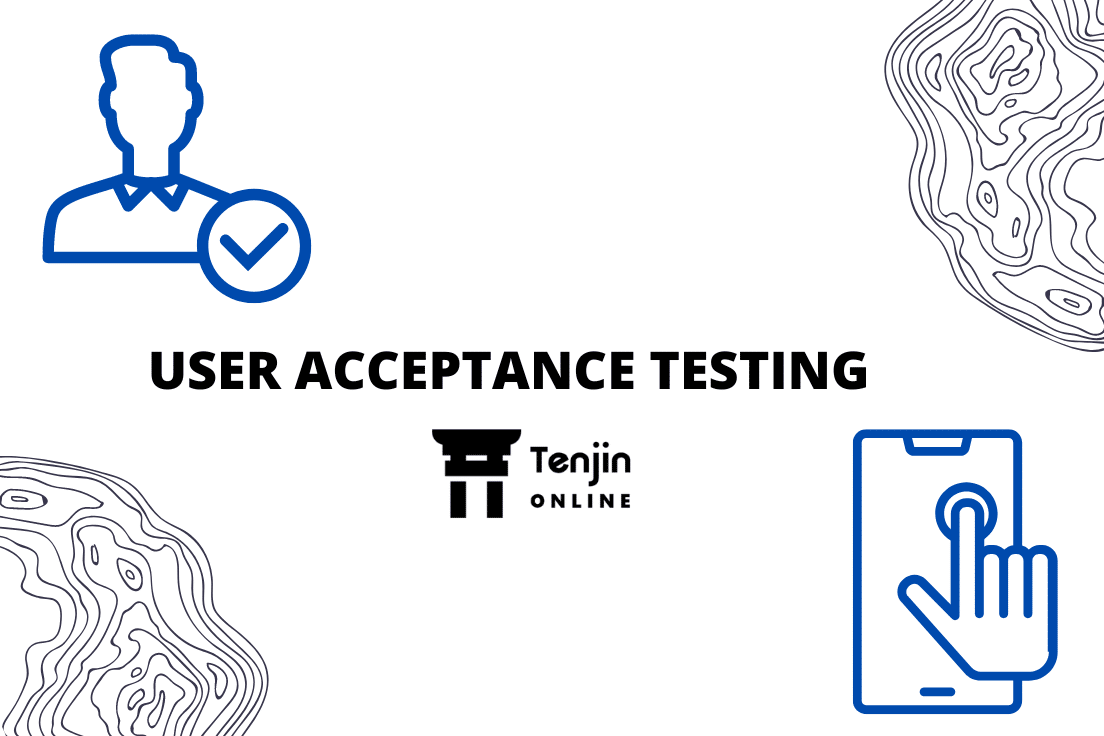
User acceptance testing (UAT) is a critical phase in the software development process that ensures the product meets the needs and expectations of the end users. UAT is typically performed by a group of representative users, known as the acceptance test team, who are responsible for evaluating the system and providing feedback to the development team.
The main goal of UAT is to determine whether the product is ready for release and can be used effectively by the target audience. It includes assessing the functionality, usability, and performance of the system, as well as identifying any issues or bugs that need to be addressed. UAT typically begins after the system has been developed and integrated, and is conducted in a controlled environment, separate from the development and production environments. This allows the acceptance test team to thoroughly evaluate the system without the risk of disrupting ongoing operations.
UAT is a critical step in the software development process as it helps to ensure that the product is fit for purpose and meets the needs of the end-users. It provides a valuable opportunity for the acceptance test team to provide feedback and suggestions for improvement, which can help to ensure that the final product is of the highest quality. Let us understand more about user acceptance testing and the need to implement it.
Significance of User Acceptance Testing
User acceptance testing (UAT) is a critical step in the software development process that ensures that a system meets the needs and expectations of its intended users. This type of testing is performed by end users or representatives of end users and is designed to identify any issues or deficiencies that may impact the usability and functionality of the system.
There are many benefits to conducting UAT, including:
Improved usability: UAT allows end-users to test the system in a real-world setting and provide feedback on how well it meets their needs. This can help identify any usability issues that may have been missed during earlier stages of testing, such as issues with navigation, data entry, or report generation.
Increased user satisfaction: By involving end users in the testing process, UAT can help ensure that the system meets their needs and expectations. This can lead to increased user satisfaction and adoption of the system once it is deployed.
Reduced cost: UAT can help identify issues early in the development process. This can help reduce the overall cost of developing and deploying the system.
Increased confidence in the system: UAT can help ensure that the system is fit for purpose and has been tested by the users who will be using it. This can help increase the confidence of stakeholders in the system and its ability to meet their needs.
Better understanding of user needs: UAT allows the developers to get feedback from the end-users, and this can provide valuable insights into how the system is being used, and how it can be improved to better meet the needs of the users.
Identify hidden defects: UAT can also identify defects that may be hidden in the system and that were not identified during the earlier stages of testing.
UAT is a crucial step in the software development process that can help ensure that a system meets the needs and expectations of its intended users. It can help improve usability, increase user satisfaction, reduce cost, increase confidence in the system, and provide valuable insights into user needs. By conducting UAT, organizations can ensure that the system they are deploying is fit for purpose and that it will meet the needs of the users who will be using it.
How to Execute User Acceptance Testing
The acceptance test team is responsible for creating a set of test cases that cover all the expected
functionality of the system. These test cases are designed to simulate real-world scenarios and are used to verify that the system behaves as expected. The acceptance test team then executes the test cases and records any issues or bugs that are discovered. Here are the steps involved in executing user acceptance testing.
Define the UAT scope: The first step in executing UAT is to define the scope of the testing. This includes determining the objectives of the testing, the users who will be involved, and the specific functionality that will be tested.
Create test cases: Once the scope of the testing has been defined, the next step is to create test cases. These test cases should be based on the objectives of testing and should include a range of different scenarios that the users may encounter when using the software.
Gather test data: In order to perform UAT effectively, it is important to gather test data that is representative of the data that the users will encounter in the real world. This may include test data that has been created specifically for the purpose of UAT or data that has been gathered from existing systems.
Recruit test users: The next step is to recruit test users. These should be users who are representative of the target audience for the software and who have the skills and knowledge required to use it effectively.
Execute the test: Once all of the necessary preparations have been made, it is time to execute the test. The test users should be given instructions on how to use the software and should be asked to perform the tasks outlined in the test cases. Any issues or bugs that are encountered should be recorded and reported to the development team.
Analyze the results: After the test has been completed, the results should be analyzed. This includes reviewing the test cases and the results of the testing, as well as any issues or bugs that were encountered. Based on the results, the development team can then make any necessary changes to the software before it is released to the general public.
Sign off: Once all the issues are fixed and tested, the product is ready for Sign-off. The end-users, stakeholders, and product owners must sign off the product before it goes live.
The above-mentioned steps are considered to effectively execute UAT and develop software that is tailored to the needs of the users.
Conclusion
User acceptance testing (UAT) can be summarized as the process of evaluating a system or application with the intent to ensure that it can be used effectively by end users. It is typically performed by representative users, known as the acceptance test team, and is an important step in the software development process to ensure that the final product meets the needs and expectations of the target audience.
User acceptance testing is implemented to manage the testing process well, reduce the overall cost of the process and offer a higher level of user satisfaction.




Leave a Reply
You must be logged in to post a comment.